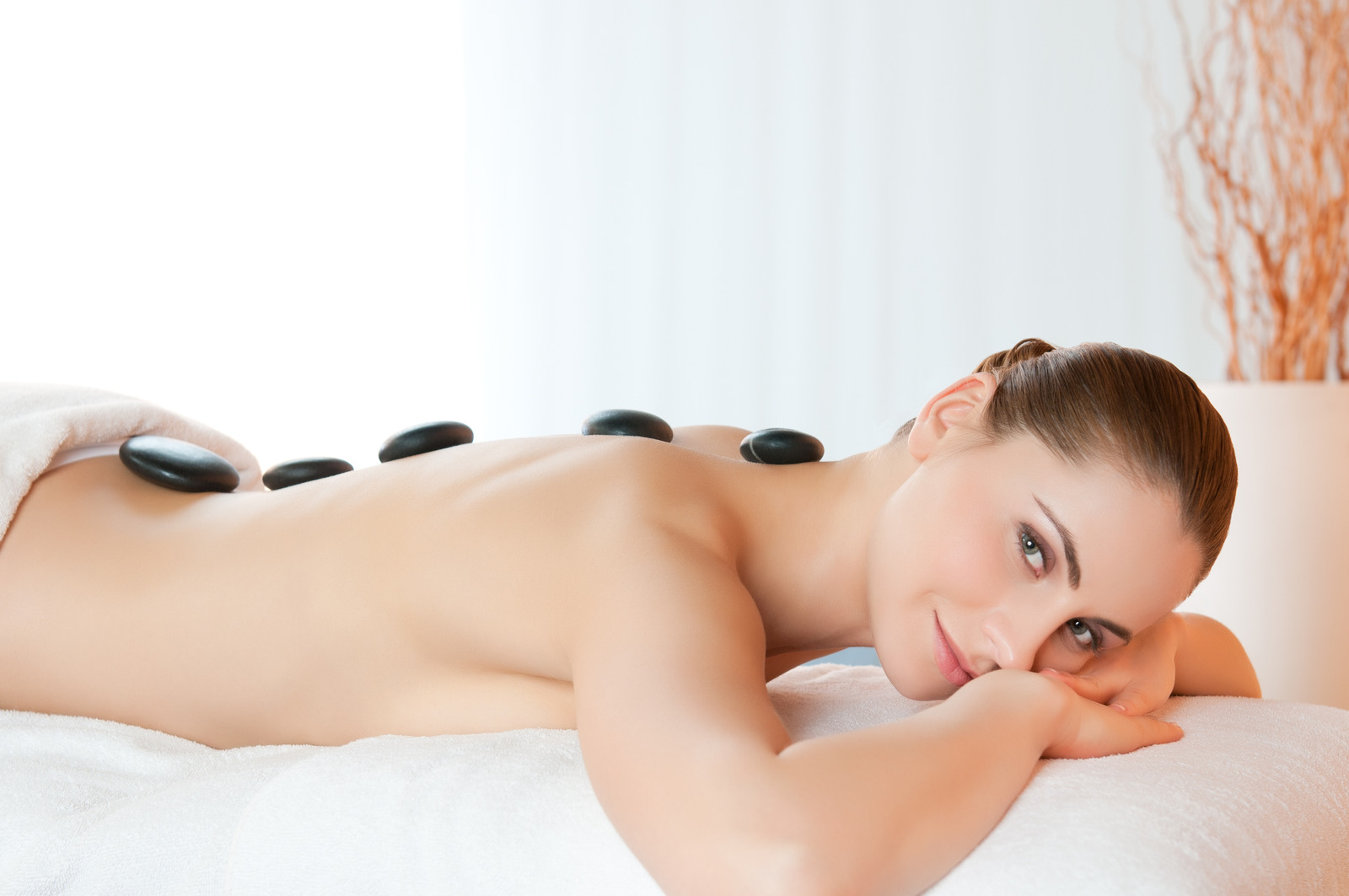
Understanding Swedish Massage vs. Deep Tissue Massage
So you’re finally getting that (long overdue) massage you’ve been thinking about for months. You walk in, ready to relax, and the velvet-voiced woman at the front desk asks: “What type of treatment would you like?” before handing you a long menu of options that all sound lovelier than the next. Cue the panic and decision fatigue.
While there are many different types of massage available, for the sake of simplicity let’s discuss the two most common techniques you’ll come across: Swedish massage and deep tissue massage. Not sure which is which? We’ll walk you through the key differences between them so you can find the treatment you’ll enjoy the most.
What Is a Swedish Massage?
The Benefits
The Swedish (or classic) massage is the most requested treatment at many spas and clinics because it addresses a broad range of concerns for most people (for example, the stiffness you feel in your neck from hunching over a computer screen all day or the overall tightness and anxiety you feel from, um, being a living, breathing adult in 2020). The ultimate goal of a Swedish massage is to relax the entire body by increasing circulation of blood and oxygen while decreasing any muscle toxins or tension.
The Strokes
There are five basic strokes used throughout a Swedish massage: effleurage (long, gliding strokes), petrissage (kneading the muscles), friction (circular rubbing motions), tapotement (fast tapping) and vibration (rapidly shaking certain muscles). Though the pressure can be customized to your liking, generally speaking, Swedish massages use a lighter touch and are often paired with some gentle stretching and aromatherapy.
The Bottom Line
If you’ve never had a massage before, you’re feeling nervous about getting one, or you’re just seeking some time to relax and unwind (as opposed to wanting to work through stubborn kinks or specific areas of discomfort that have been bothering you), we’d recommend a Swedish massage.
What Is Deep Tissue Massage?
The Benefits
OK, now the deep tissue massage. As its name implies, this type of massage goes deeper into the layers of your muscle and connective tissue (aka the fascia). As you can probably guess from the description alone, this is not the type of treatment you’ll likely fall asleep during.
Though some of the techniques used during a deep tissue massage are similar to those in a Swedish massage, the movements are generally slower, and the pressure is a bit stronger and more concentrated on any areas where you might feel chronic tension or pain. We use massage or manual therapy for a multitude of orthopedic injuries. Some specific areas where massage can be beneficial is in the treatment of neck pain and cervical herniated discs, and in the presence of back pain and lumbar herniated discs. Your massage therapist will use their hands, fingertips, knuckles, forearms, and elbows to reach those deeper layers of muscle and tissue.
The Pain Level
We know what you’re thinking: Will it hurt? Most people describe feeling some discomfort during the treatment, though you should definitely speak up if it’s too painful for you. Massage can cause more harm than good when people don’t know what they are doing. I know everyone loves to get a massage from the lady at the nail salon but that may be the reason you are in more pain. Whenever you get a massage, you want to make sure that person has a sound understanding of human anatomy and how the muscles, bones, and soft tissues work together. Also, we’ve found that taking deep breaths—especially when your therapist is working on those aforementioned areas of concern—can help ease the discomfort.
The Side Effects
Another thing to note: After a deep tissue massage, you may feel a bit sore for a day or two afterward. This is because of the lactic acid that’s released during the treatment (which is why most therapists will recommend that you drink a lot of water to help flush everything out of your tissues). Again, if you do feel some initial stiffness after your deep tissue massage, that’s totally normal. Just keep sipping on that H2O and it should pass within the next day or so.
The Bottom Line
If you have chronic muscle pain, are recovering from strenuous exercise or training or rehabilitating after an injury, you might want to consider a deep tissue massage. We typically use massage techniques for more acute injuries to get the tissues to relax and move the way they are intended to move. However, if you are prone to blood clots, are recently recovering from surgery, have a medical condition like osteoporosis or arthritis, or are pregnant, check with your doctor first to see what they recommend. Getting a proper evaluation can help you decide if massage is a proper part of a treatment plan for you.
So, Should I Get a Swedish Massage or a Deep Tissue Massage?
Both massages have their benefits, but if you’re still stumped about which one to get, think about what you want out of the massage. Do you have a nagging pain or specific area that’s been bothering you for a while? A deep tissue massage could be more helpful here. Do you just feel a bit stiff or run-down and need some overall TLC in your life? We’d recommend going with the Swedish massage.
And regardless of which treatment you choose, make sure you clearly communicate your needs to your massage therapist. He or she can work with you to customize an experience that gives you the best results. Now if you need us, we’ll be on the massage table, jamming out to some Enya, but you can always call us at 727-441-1711 to book your massage appointment!
Love,
Gen



Leave a Reply